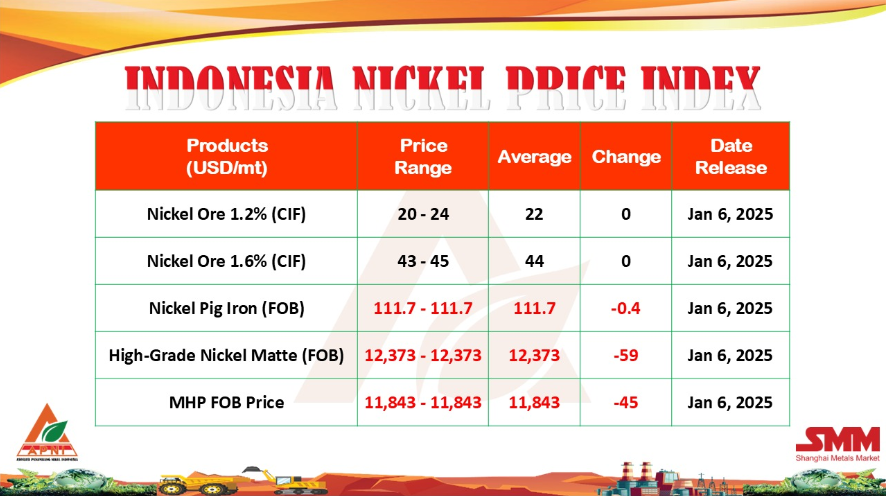MOYOCK – Bradley Fite, chief operations officer (COO) for SunEnergy1, outlined the process for building and maintaining solar farms Tuesday at the Crawford Township Volunteer Fire Department.
The program was sponsored by the Northeastern Safety Council, an independent, non-commercial and non-political organization that operates under the umbrella of the North Carolina Safety Conference, Inc.
Fite was invited by the Northeastern Safety Council to educate the public on what solar energy is, how solar farms are built and precautions solar companies take to ensure safety when constructing solar farms. Justin Blackmon, chairman of the Northeastern Safety Council, said the group decided to host a forum on solar energy because of the growing number of solar farms in the region.
“It seems to be a growing industry around northeastern North Carolina,” said Blackmon.
Blackmon said the organization normally hosts its forums on the third Tuesday of the month, and he was unaware that March 15 was Election Day. He said once he realized the date was Election Day it was too late to cancel or reschedule the forum.
Fite mentioned that SunEnergy1 has been constructing solar farms in eastern North Carolina for the past four years. Fite stressed that his presentation was not about providing details about specific SunEnergy1 projects in the area, but to simply share information on the industry itself. Currently, SunEnergy1 is constructing a solar farm south of the Ranchland and Eagle Creek subdivisions in Moyock, also known as the Wildwood Solar Project.
Fite said the biggest reason for the increase in the number of solar farms across the state and country is a federal government mandate that utility companies produce more renewable energy to reduce carbon footprint or greenhouse gas emissions.
Fite focused mostly on Photovoltaic (PV) solar energy where devices are used to generate electricity directly from sunlight via an electronic process that occurs naturally in certain types of material called semiconductors. Electrons in these materials are freed by solar energy and can be induced to travel through an electrical circuit, powering electrical devices or sending electricity to the grid.
Fite said PV solar energy has been around since the 1950s and is the type of solar energy mostly used in eastern North Carolina. He said the basic definition for solar energy is “using the sun to create energy.” Most solar farms on average are located on 35 acres of land, he added
He presented a slideshow of the materials used to assemble solar panels, and how they are pieced together.
Fite said solar energy companies are restricted by the federal government from informing the public or county officials their intention to construct a solar farm in their community until they are ready to file for various permits and applications. Fite said this is because the solar company must go through six to eight months of preliminary studies and filings before beginning construction.
He said the first step in preparing for construction is filing with regulatory agencies such as the Federal Energy Regulatory Commission and the N.C. Utilities Commission.
He said all solar companies are legally obligated to file with the regulatory agencies first.
The next step is filing for a zone ordinance application, then performing several studies on the property where the proposed solar farm will be located. The studies include tree inventory, endangered species study, archaeological study and environmental study. Once the studies are complete and approved, the company must file for the required permits.
Fite said once the building permits have been processed and approved, the construction can begin. He mentioned that berms are normally built toward the end of construction. A berm is a level space, shelf or raised barrier separating two areas. The berm would keep the solar farm from view of residents who live nearby. Fite said most solar energy companies do not place berms on their solar farm sites, but SunEnergy1 voluntarily chooses to in order to be cooperative with the neighborhood their solar farm is located.
Fite said once the solar farm is complete it is mostly a self-maintained structure. Companies monitor their solar farms remotely, he added.
“There's a lot of eyes on the system on a daily basis,” Fite said.
The only on site work done after construction is lawn mower care, cleaning solar panels and electrical testing that occurs several times a year.
Fite said the average age of a solar farm is 30 years. The farm's solar panels become less efficient with each passing year.
Fite said once the solar farm reaches 30, the company would either replace the panels and other equipment or remove the facility entirely, and return the property back to its previous owner. When a solar farm leaves its site, the land is in the same condition it was before construction he added.
He mentioned that independent studies found that solar farms do not have a positive or negative affect on land value or the neighborhoods they are located.
He said some of the positive attributes of solar farms include providing jobs, increasing the local tax base, training people to work on building other solar farms, and attracting businesses such as restaurants and hotels to accommodate the workers during the construction process.
The Northeastern Safety Council serves 16 counties in the state's northeastern region, including Currituck, Camden, Pasquotank, Perquimans and Chowan counties, promoting safety in industry, homes and public places. The organization places special emphasis on safety in industry.
- [Editor:tianyawei]



 Save
Save Print
Print Daily News
Daily News Research
Research Magazine
Magazine Company Database
Company Database Customized Database
Customized Database Conferences
Conferences Advertisement
Advertisement Trade
Trade














 Online inquiry
Online inquiry Contact
Contact

Tell Us What You Think